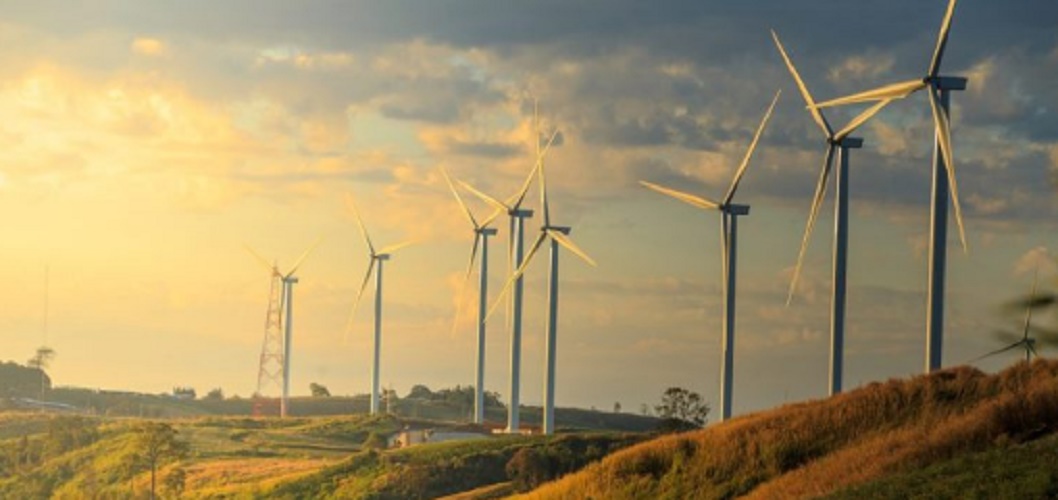What are clean energies?
We explain what clean energies are, why they are important and what they are. In addition, examples and what are polluting energies.
-
What are clean energies?
It is known as clean energy or green energy to those forms of obtaining energy that produce a minimum or no ecological impact on the environment , during its extraction and generation processes. That is, it is ecological or eco-friendly energies.
In real terms there is not yet a way to obtain usable energy that is absolutely harmless in environmental terms. However, some pollute much more than others and leave an indelible mark of their presence in the ecosystem and in the health of living beings . Those that seem to be safer and more reliable in ecological terms , are the ones we consider as clean.
Clean energy should not be confused with renewable or sustainable energy . By the latter it is meant those that do not deplete the raw material of your process , or they do so slowly that you give room for nature to replenish them . Some of these renewable energies may be clean, but others are not.
In particular, clean energies often use the force and heat of natural elements , channeling them to generate usable electricity in homes and human industries. And they do so causing the least possible impact on their respective ecosystems, which does not mean that they do not have any kind of impact or negative consequences.
-
Importance of clean energy
In view of the climatic changes and global warming that have been brewing since the beginning of the Industrial Revolution (17th century), there is an urgent need for an efficient, but sustainable energy system that does not end with the planet in the process.
Our world every day requires more and more energy, but fossil fuels and nuclear energy represent a threat rather than a solution , given its consequences on human health and the world’s climate balance. That’s when clean energies become tremendously necessary.
-
What are the clean energies?

Strictly speaking, clean energies would be as follows:
- Wind power . It is that generated by the action of the force of the wind on the blades of special mills, which activated in this way spin gears and a dynamo, thus generating electric current . It has the disadvantage of requiring large mill fields to generate a relatively small load of current, thus affecting the landscape and sometimes generating annoying noise.
- Geothermal energy . It is obtained by taking advantage of the heat of the subsoil of the earth’s surface, where the pressure and temperature are high, to boil water and boost the turbines of a generator by steam, or redirect the heat of the gas to give it other uses. It has the disadvantage of requiring thermal deposits or geysers, that is, a minimum of volcanic activity, and sometimes geothermal activity has been linked to microseism.
- Hydroelectricity . It is based on the conversion of the gravitational potential energy of large bodies of moving water, such as rivers or natural falls (jumps, waterfalls, waterfalls, etc.), through a system of turbines mobilized by the liquid in its path. It is a safe and constant source of energy at a relatively cheap price, although in the installation of the plants a great effort is required and theaquatic fauna is considerably affected.
- Tidal energy . As the name implies, they take advantage of the movement of the ocean tides, taking advantage of the unevenness caused by the rise in the masses of water , remotely similar to the hydroelectric. They require, however, substantial differences in the level of the tide, which do not occur everywhere.
- Wave energy . It comes from the movement of the sea waves, fruit of the wind. It is done through coastal facilities that channel the energy contained in the marine surface waves.
-
Examples of clean energies

Some examples of these energies are:
- The Rawson wind farm , in Chubut, Argentine Patagonia, where the continuous wind that sweeps the plain takes advantage.
- The Nesjavellir geothermal plant in Iceland is the second largest in the country and provides electricity and hot water to the capital’s district.
- The Guri reservoir , in the Bolivar State of Venezuela, the second largest lake body in the South American nation, where the Simón Bolívar Hydroelectric Power Plant is installed, providing electricity to almost the entire country.
- Central elec t r ica mareomotriz on the river Rance in Brittany, France, able to meet 9% of the energy needs of the region from its 24 turbines.
- Wave plant in the port of Peniche , in Portugal, where the force of the waves mobilize three P-750 machines that generate electricity.
-
Polluting energies
The polluting energies are those that are obtained at the cost of causing considerable environmental damage , whose consequences can be devastating for human and animal life, as well as for the planet’s climate balance. These include nuclear energy and the burning of fossil fuels (coal, oil ).





